Ukrainian forces – newly trained in sophisticated warfare tactics and equipped with billions of dollars worth of sophisticated Western weapons – have finally launched a multi-front offensive this week to dislodge entrenched Russian military units.
It was a counterattack that many US and European officials said could be a turning point in the 15-month war.
Ukrainian President Volodymyr Zelensky admitted on June 10 that some counter-offensive operations had begun.
Mr. Zelensky said this when answering a journalist's question regarding Russian President Vladimir Putin's statement on June 9 that the counteroffensive was ongoing and had failed.
“It is interesting that Mr Putin talks about our counterattack. It is important that Russia always feels this – and in my opinion they do not have much time left,” Mr Zelensky said.
“Counter-offensive and defensive actions are underway in Ukraine – I will not go into details about what stage,” the Ukrainian president added.
Mr Zelensky's comments did not clarify whether the offensive to break through enemy lines had begun or was still in its preliminary stages.
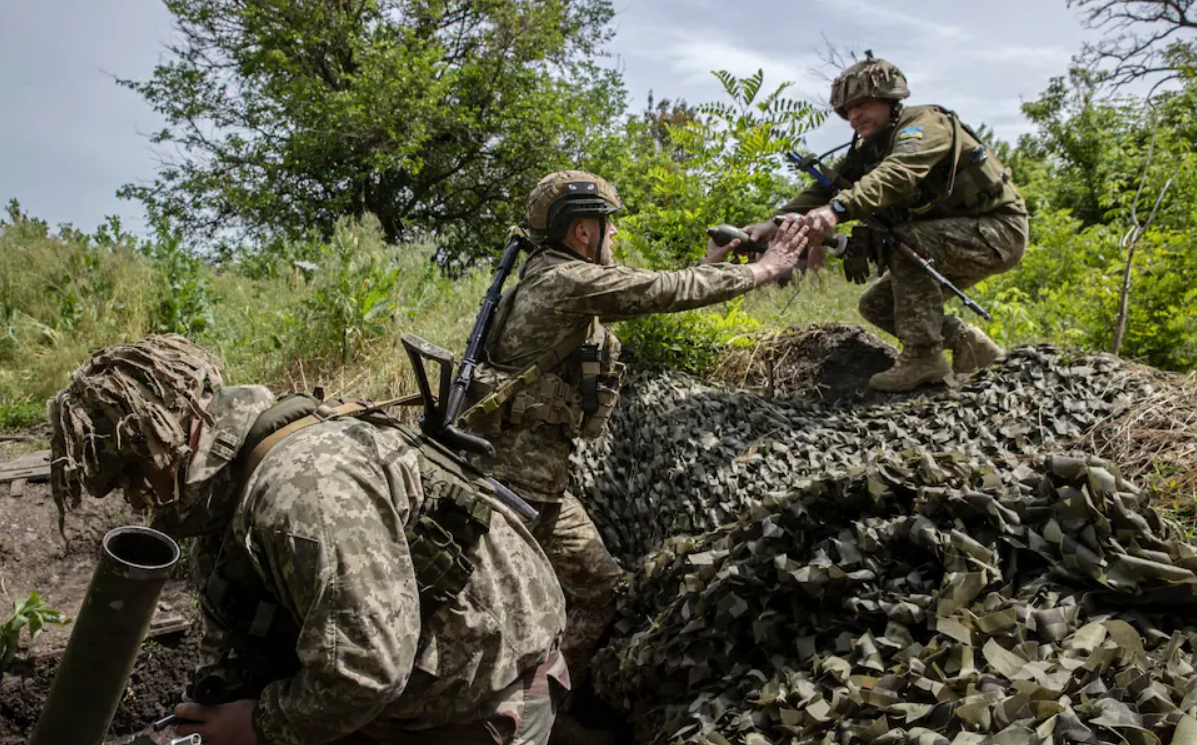
Ukrainian soldiers prepare for battle in the frontline village of Novomykhailivka in the Donetsk region, June 2023. Photo: The Telegraph
It is unlikely that the Ukrainian side will make any clear or detailed announcements, because doing so could damage their military's chances on the ground.
But observers have noted a significant increase in military action in recent weeks, after months of talk of a major counter-offensive by Ukrainian forces against entrenched Russian positions.
In its latest intelligence update on the war, the British Ministry of Defense said on June 10 that Ukrainian forces “have made progress and penetrated the first line of Russian defense” in some areas in the south of the country, and that progress elsewhere has been slower.
Definition of successful counterattack
Meanwhile, the Russian Defense Ministry called the efforts of Ukrainian forces over the past 24 hours “unsuccessful.”
The Russian Defense Ministry reported that since June 4, Ukrainian forces have carried out unsuccessful counterattack attempts, suffering losses in manpower and equipment.
On June 6, Russian Defense Minister Sergey Shoigu said that during those three days, the Russian army repelled all attempts by Ukraine to launch a long-awaited counterattack, with Ukraine losing 3,715 people, 259 tanks and armored combat vehicles, 134 trucks, 48 field artillery pieces and more than 50 unmanned aerial vehicles (UAVs).
On June 11, RT's Telegram channel posted a video released by the Russian Ministry of Defense showing Russian UAVs destroying a convoy of heavy military vehicles and armored vehicles of Ukraine.

In a June 9 post, Politico said Russian forces were successfully repelling a counterattack by Ukrainian armed forces, citing images circulating on social media of German-made Leopard tanks and destroyed US-made Bradley infantry fighting vehicles.
“There are other images circulating online of destroyed or abandoned armored vehicles, suggesting that the Ukrainian advance has met some significant resistance,” the US newspaper wrote.
“It’s early in the campaign. But the images suggest that mechanized warfare won’t be so easy for Ukraine, and the Russians are now having some success in repelling the counterattack,” Politico wrote.
While it is clear that the latest military effort by the Ukrainian army will influence debates in the West about future assistance and long-term security for the country, there will be many definitions when it comes to the success or failure of the counteroffensive.
On the surface, U.S. and European officials are leaving it to President Zelensky to define what constitutes a successful counterattack. For now, Zelensky has not publicly stated any goals, beyond his oft-stated demand that Russian troops withdraw from all Ukrainian territory.
But behind the scenes, officials in Washington and European capitals acknowledge that pushing all Russian forces out of Ukraine is highly unlikely.
However, the overall success of the counteroffensive can be understood in two ways: One, the Ukrainian army recaptured important territories from the Russians, and Two, Kiev dealt the Russian army a blow so severe that it could force the Kremlin to question the future of its military options in Ukraine.
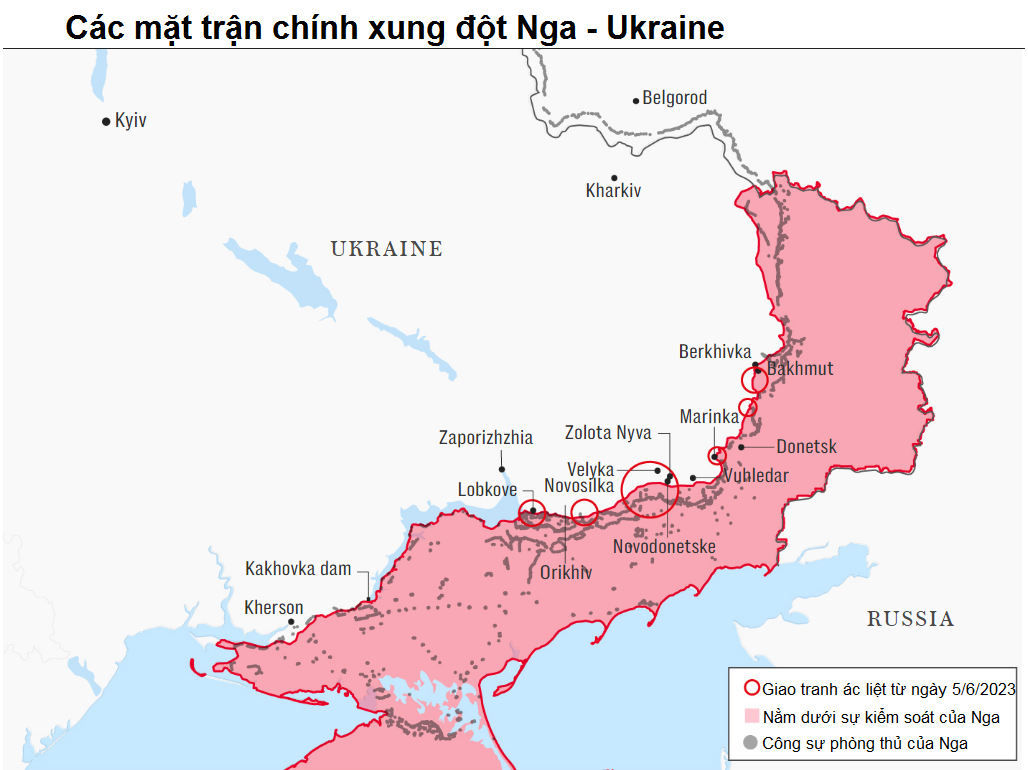
Source: Institute for the Study of War (ISW). Graphics: The Telegraph
Some success on the battlefield could help Ukraine secure additional military aid from Europe and the United States. It would show Kiev’s allies that the strategy of reshaping Ukrainian forces into a Western-style military is working. And most importantly, such an outcome would build support in Europe for some form of long-term security guarantee for Kiev and strengthen Ukraine’s negotiating position.
Retaking territory is one thing, but it is important for Ukrainian forces to hold on to that gain, US officials say.
Measure the failure of the counterattack
A failed counteroffensive would be easier to measure. If the front lines remain relatively unchanged, or Ukraine fails to retake a key city, some officials in allied capitals or parliaments might begin to doubt the war, especially if the Ukrainians lose too many men and equipment.
The United States, NATO allies and Ukraine have trained some 30,000 troops in combined arms exercises – a complex style of warfare involving constant communication between tanks, artillery, fighter jets and infantry – with the express purpose of leading a counterattack.
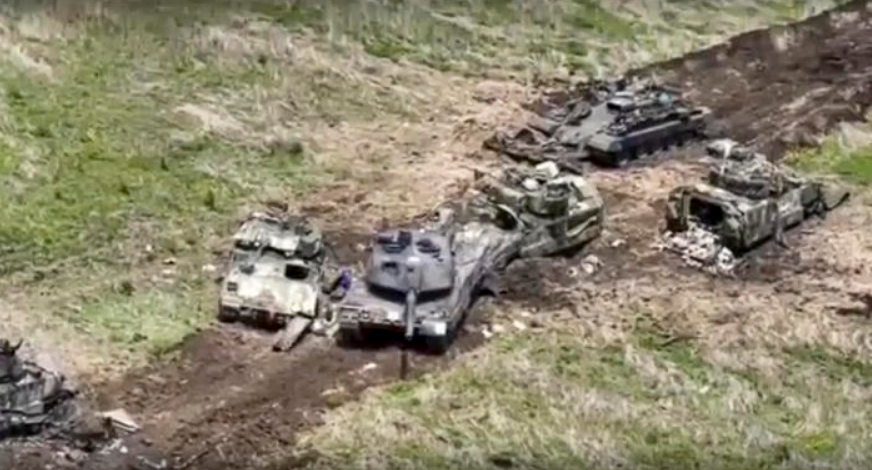
Image taken from a video posted by a military blogger showing a tank destroyed by the Russian military on June 9, 2023. Photo: Le Monde
If the Ukrainians do not gain significant benefits by applying what they learn from such exercises, it could cast doubt on the long-term US strategy of strengthening Ukraine by providing it with more sophisticated weapons and more complex training.
In essence, according to European diplomats, defeat would look like the Ukrainian army not learning how to fight, losing the equipment supplied in recent months and not regaining any territory – while the Russian army is ready to renew its momentum.
Despite some initial casualties and Russia's stout defenses in the east, U.S. officials remain optimistic that Ukraine will make enough gains, albeit incrementally, to call its long-awaited counteroffensive a success.
Both Ukraine and its Western allies have invested in the counteroffensive because, whatever the exact outcome, it will set the stage for the next phase of the war.
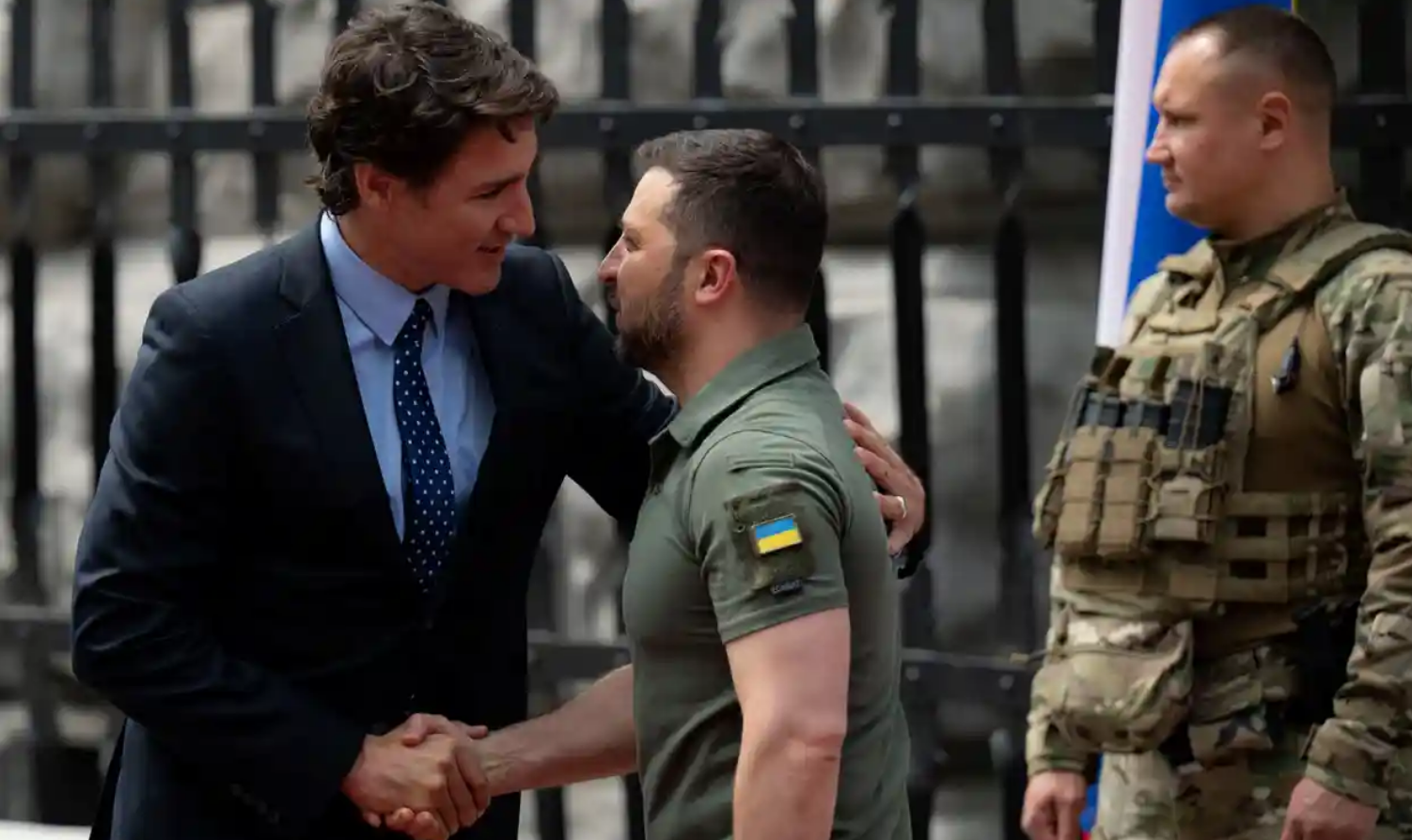
Canadian Prime Minister Justin Trudeau made a surprise visit to Kiev to meet with Ukrainian President Volodymyr Zelensky, June 10, 2023. Photo: The Guardian
The US and UK plan to help secure Ukraine involves building support for strong security guarantees from the US and NATO countries as well as promoting plans to build closer economic ties between Kiev and European countries.
Crucially, if the counteroffensive can weaken Russian forces, Moscow may be forced to engage in a substantive dialogue with a stronger Ukraine.
Whatever the outcome of the counterattack, U.S. and European officials agree that Mr. Putin is not in the mood to negotiate right now. But the Russian leader understands hard power, and that is what makes the counterattack so important.
If the counteroffensive is followed by continued Western support and security guarantees for Ukraine, that would at least have the potential to change the calculations of officials in Moscow .
Minh Duc (According to NY Times, DW, TASS)
Source





![[Photo] Top players gather at the 2025 Nhan Dan Newspaper National Table Tennis Championship](https://vphoto.vietnam.vn/thumb/1200x675/vietnam/resource/IMAGE/2025/5/23/9ad5f6f4faf146b08335e5c446edb107)


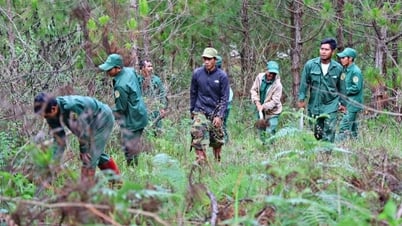

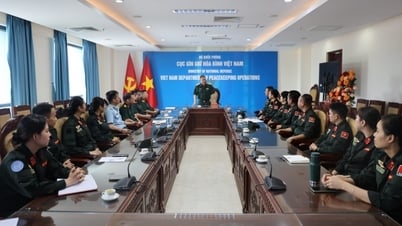

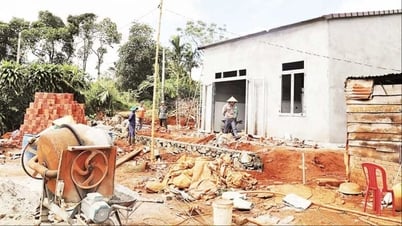

















































































Comment (0)